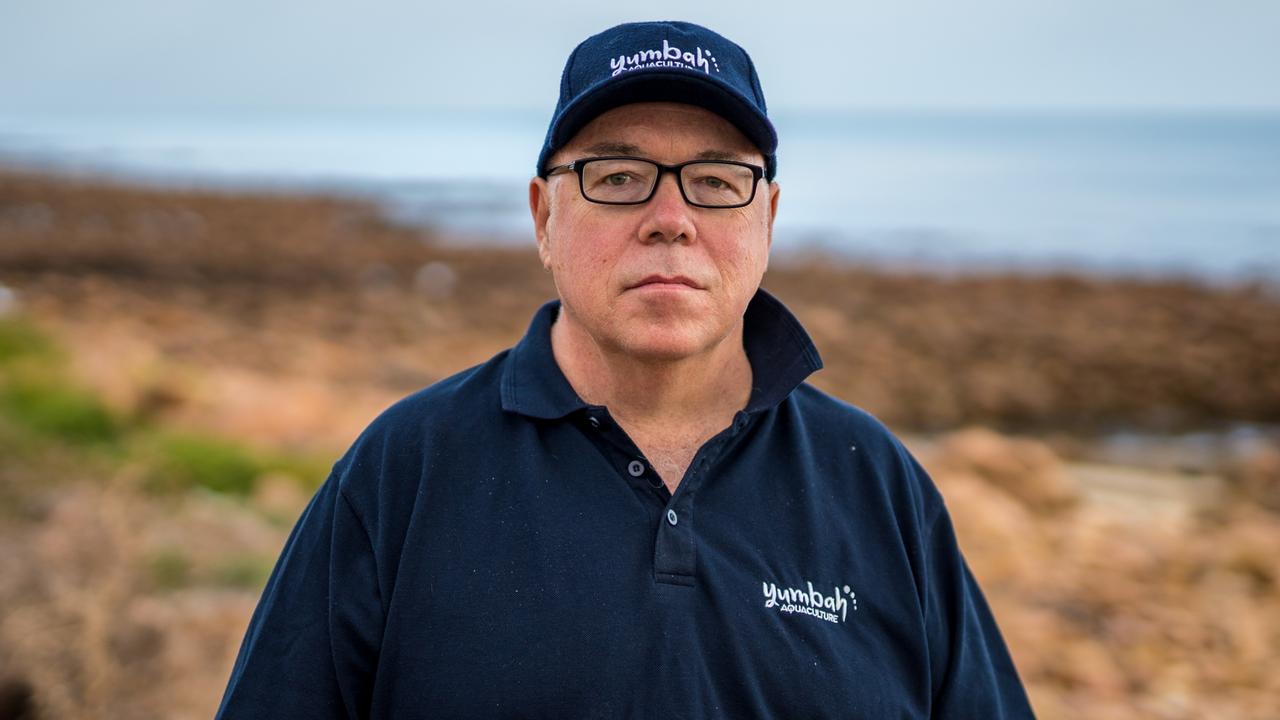Life of grime: Inside the world of Adelaide’s hoarders and what should be done to help them
An Adelaide company has opened the door on some shocking examples of hoarding with an expert calling for more action to help lift people out of their life of grime.
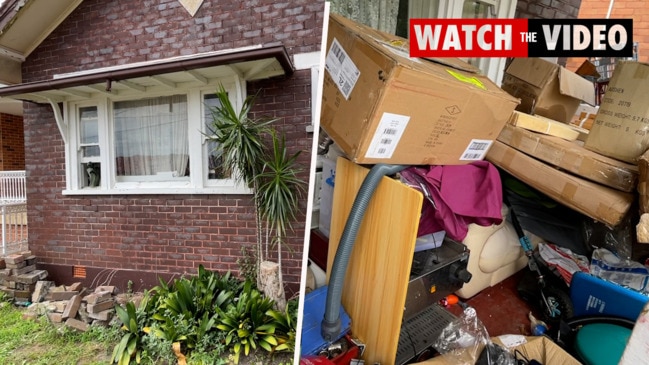
SA News
Don't miss out on the headlines from SA News. Followed categories will be added to My News.
A house filled with spiderwebs, shrubs growing through walls, and rooms turned into rubbish dumps rife with vermin and filth.
They could be scenes from a horror movie, but they are very real examples of the experiences of South Australian hoarders, who one national expert says are not getting the help they need.
Woodville Park cleaning company O’Shea’s has given a rare glimpse into the confronting scenes their staff are forced to tackle to help hoarders – be it voluntarily or forcibly – escape their life of grime and squalor.
“Sometimes the front yard looks quite normal, so to speak, but when you walk into the home it’s a totally different world,” O’Shea’s specialised cleaning manager Eddy Kazaniecki said.
“We’ve been into houses where you can’t even walk into the rooms, where stuff is just stacked on top of each other and the person only had a small area where they sleep and eat.
“Some just are in a really poor state of living conditions, with rats and bugs running around.”
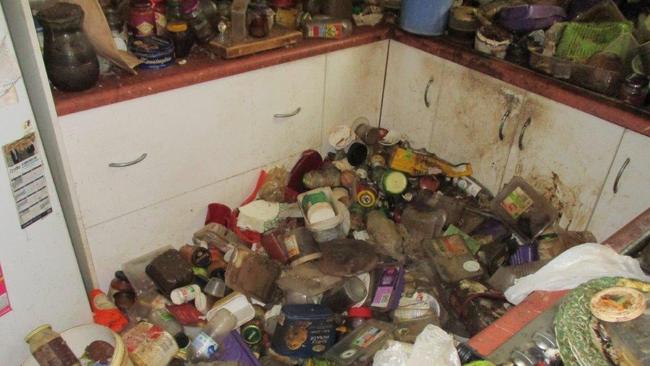
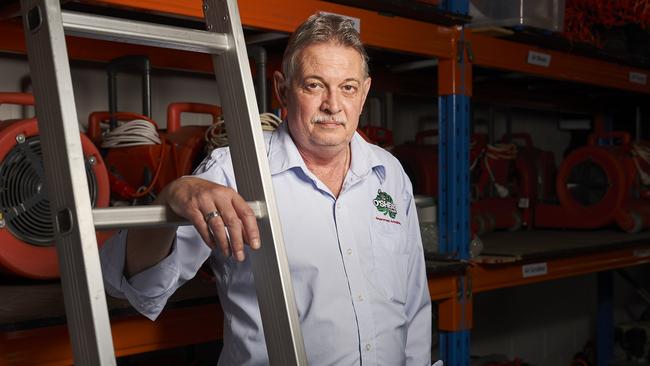
He said the company received about two to three inquiries a week from councils, relatives of a hoarder or “sometimes the hoarder themselves”, when they finally find the courage to clean the property.
“For some it’s hard to let go (of items),” he said. “They do get anxious (during the clean) because you have to remember they have suddenly got two to three strangers removing their stuff.
“There are some people who ring up embarrassed with the state they live in.
“Others are quite aggressive as well because they’ve obviously had a complaint from neighbours and the council has gotten involved … and it’s got to the point we’re cleaning it.”
Mr Kazaniecki has been in the cleaning game for 40 years and said he was not shocked by what he discovers.
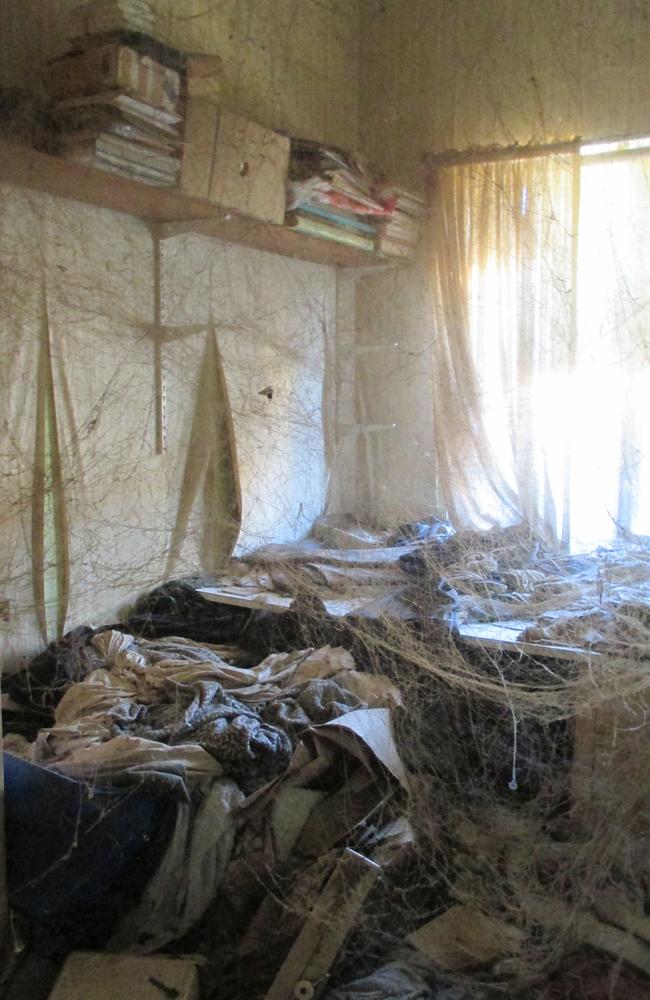
But he does specifically recall a house – dubbed the Addams Family house – which was full of cobwebs, had shrubs growing in rooms and half the roof had collapsed.
“I was waiting for a gigantic spider to come out,” Mr Kazaniecki said.
“There was mould growing in the premises and people were actually living in a section of the lounge room – it had just never been cleaned for who knows how long.”
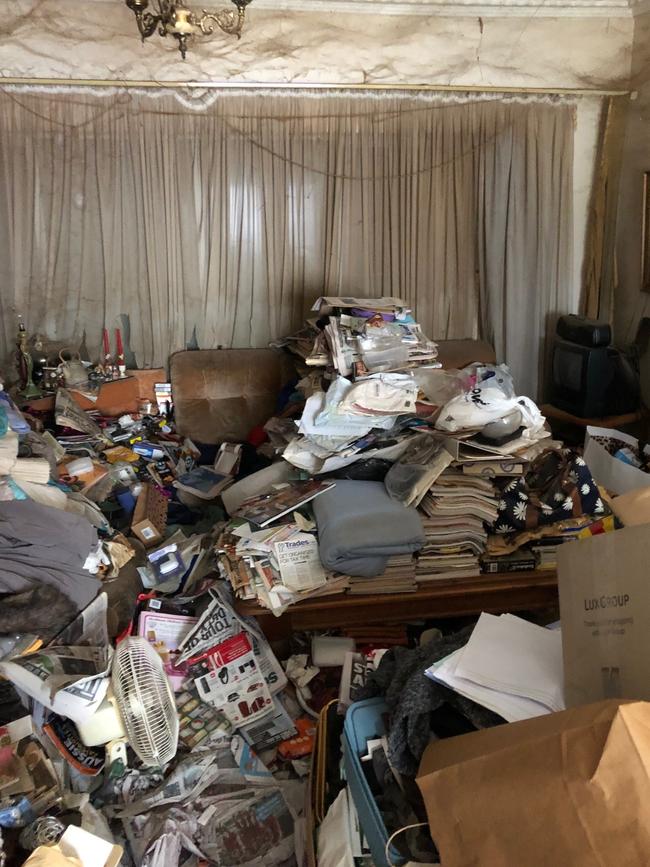
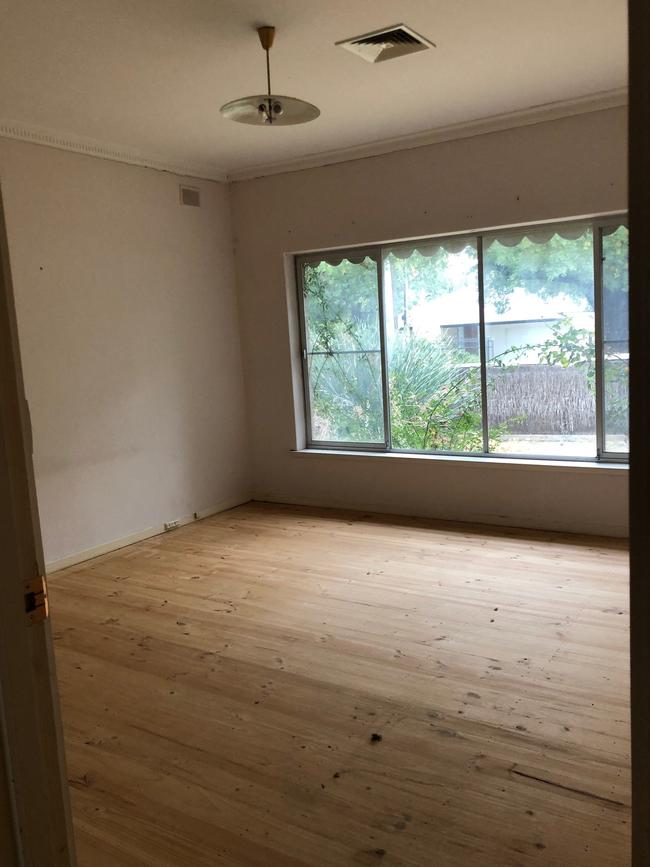
He said there was no stereotypical hoarder with clients they had helped ranging from the elderly to school teachers.
“I’ve been to houses where the owner is in a professional occupation, they are dressed well, but when you go into the house it’s a total shambles; it’s those people who are probably the most embarrassed,” he said.
“But we make sure we don’t judge anybody, we’re just there to help with their situation.”
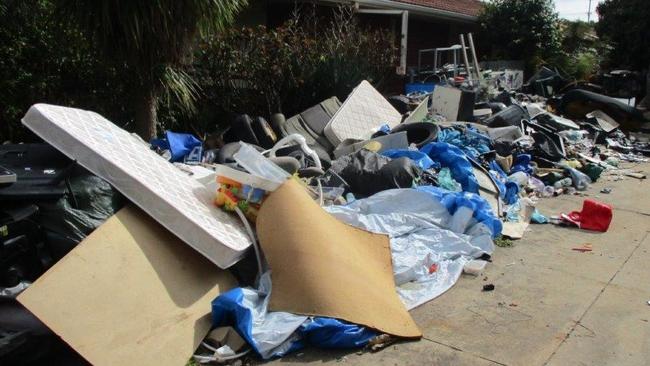
Clinical psychologist and hoarding expert Professor Mike Kyrios said hoarding was a “highly complex clinical condition” that required specialist training to treat.
“But we have a mental health system that’s ill-prepared for helping people with severe hoarding problems,” the emeritus professor for Flinders University’s Orama Institute for Health and Wellbeing said.
“It’s just left to social services, local councils and consumer groups to support these people but they don’t have the trained psychologists and psychiatrists.”
Professor Kyrios said there were about 500,000 to 1.5m hoarders in Australia with hoarding recognised as a psychiatric condition in 2013 but “most aren’t getting help”.
“About two-thirds of people who live in moderate-to-severe squalor have mental health conditions … such as schizophrenia, brain damage due to alcohol abuse, dementia, anxiety and depression,” he said.
“Hoarding is treatable you just need to get in early … but a lot of the help falls back on families.”
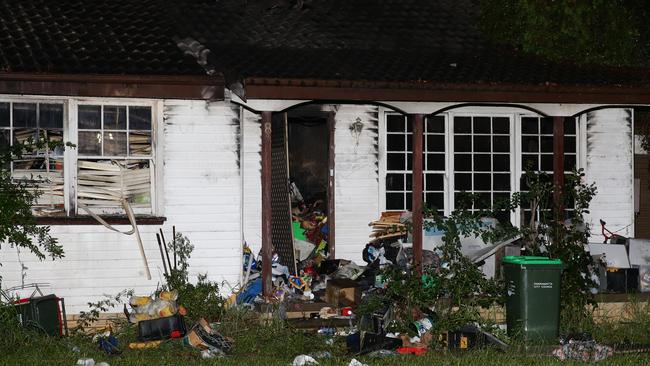
He said hoarders were predominantly men and aged over 55. People on low incomes were four times more likely to be a hoarder, he said.
Professor Kyrios said there was a “genetic” component or learned behaviour with hoarding and that it can often be traced back to an incident in a person’s childhood.
“There’s a theory around the fact that people with hoarding behaviours compensate, for a lack of warmth in their early childhood, through their relationship with their possessions,” she said.
He said Victorian Fire Service examinations of fatal house fires in that state found a quarter of people who died were hoarders.
He said a national task force was needed to tackle the problem which he said was a health, environmental and societal issue.
In South Australia environmental health officers investigate complaints under the Public Health Act. Last year at least five Adelaide councils took legal action against owners of unsightly properties.
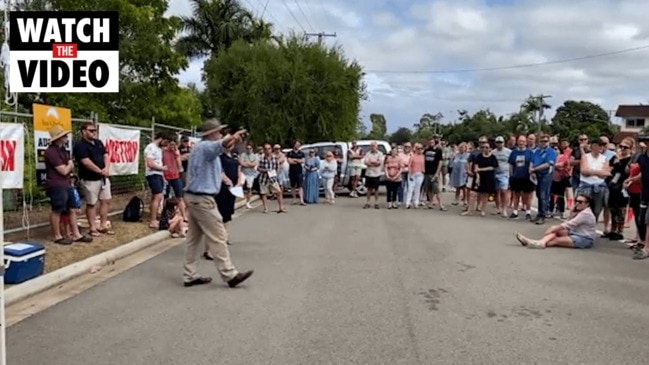
Onkaparinga Council, Adelaide’s largest, receives about 10 to 15 complaints about hoarding annually.
“Aside from clean-ups of properties, council works with the resident to provide necessary time for remedial action, and advises them of the resources available from council and other government agencies to complete the work required,” a spokesman said.
“Council also advocates on the resident’s behalf to access state and federal services that may be of benefit, and can provide additional services such as hard rubbish collections and waste bins.”
Charles Sturt Council received nine complaints last financial year, up on six the previous year and has so far fielded four complaints this financial year relating to hoarding.
Only two of those complaints resulted in the council forcing a clean-up of the property.
CLICK HERE for a list of agencies that can help with hoarding.


